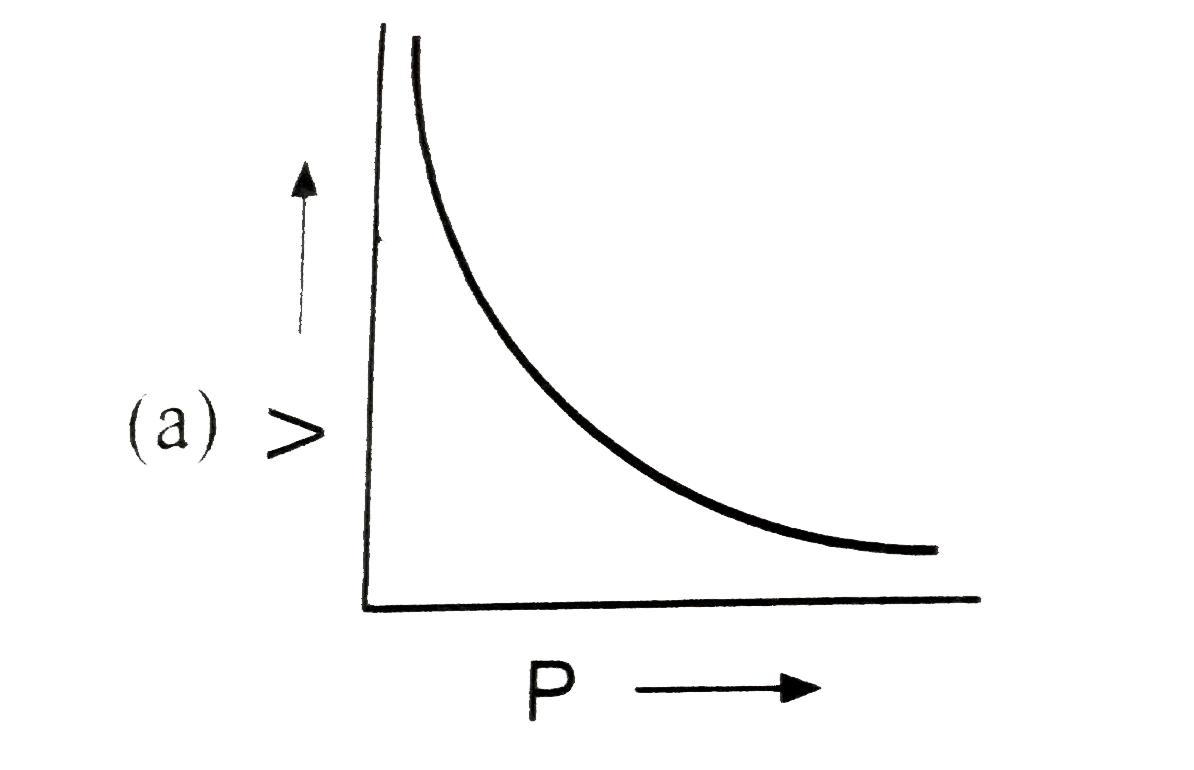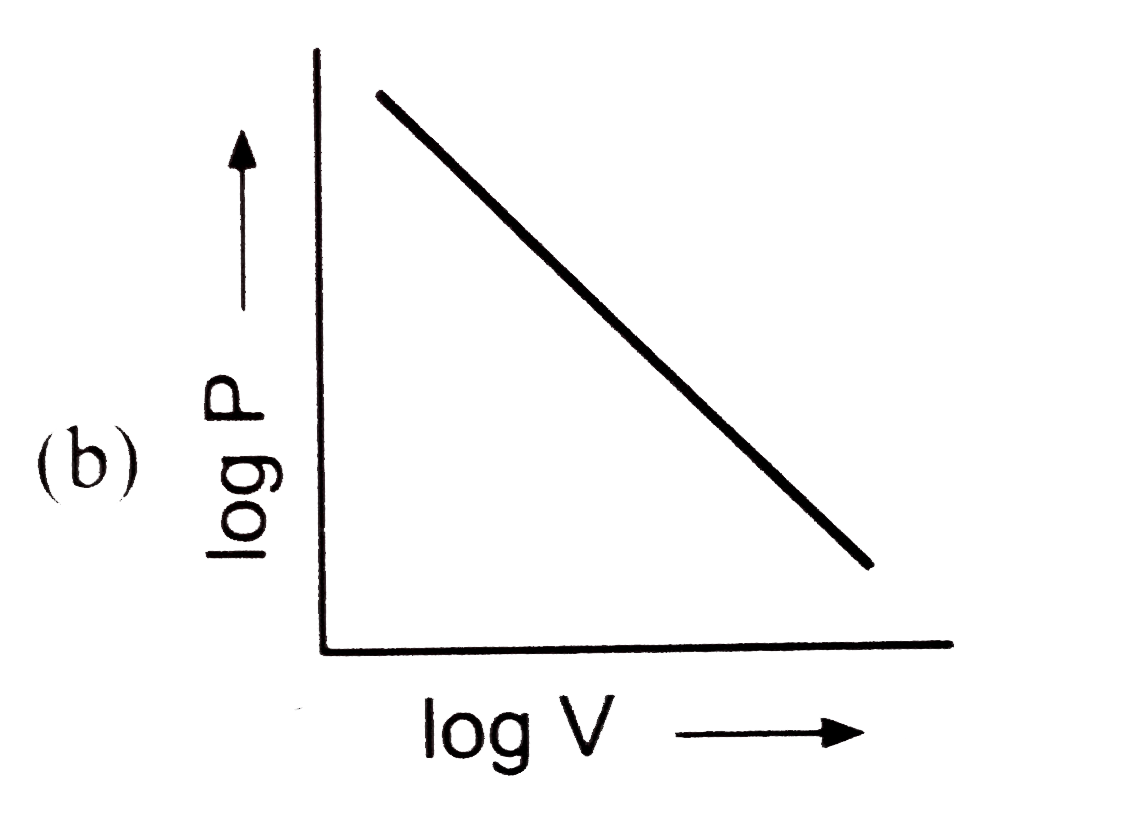The graphs below shows three conventional ways of graphically presenting Boyle's law. As observed from the graphs below, the pressure increases with a decrease in volume, and vice versa. Pressure is inversely proportional to volume, so other parameters (temperature and amount of gas) are constant.
Charles's law states that the volume of a gas increases with the temperature, and vice versa. The graphs below shows four conventional ways of graphically presenting Charles's law. Volume is directly proportional to temperature at a constant pressure,
References
- "Graphs of Boyle's Law" ChemistryGod, 31st Oct 2019, https://chemistrygod.com/boyle-law-graph
- "Graphs of Charles's Law" ChemistryGod, 08th Nov 2019, https://chemistrygod.com/charles-law-graph






